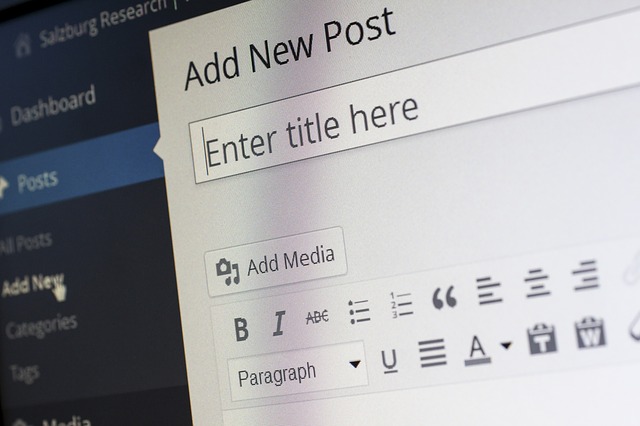4 Steps to Optimizing Your WordPress Blog Posts Beyond Plug-Ins
The popularity of WordPress is difficult to deny. Between the platform’s seemingly endless customization options and search-friendly plug-ins, WordPress reigns as the undisputed CMS of choice for many of the web’s top brands.
Surprisingly, WordPress in and of itself is not optimized for SEO, despite popular belief. While plug-ins such as Yoast and All-One-SEO-Pack aid users in optimizing their blog posts for search engines, it’s rather easy for us to make errors without at least a base knowledge of best practices for SEO. On a similar note, we can’t always be expected to check the boxes of such plugins 100% of the time; after all, we’re only human.
While SEO plug-ins for WordPress are incredibly helpful to bloggers, they shouldn’t represent the end-all, be-all of your search marketing efforts. By better understanding what makes search engines tick, especially in the face of Google’s ever-changing algorithms, you’ll ensure long-term success of your site.
Whether you’re a complete newbie in need of some SEO training or simply want to see whether or not your search knowledge is up to snuff, consider the following four steps to optimizing your WordPress blog.
1. Title Tags
Title tags, which house the titles of your blog posts, have traditionally held a lot of weight in regard to ranking for particular keywords. Make sure that your title tag contains a keyword that hope to rank for; likewise, avoid stop words and excess language that could interrupt search engines from discovering your keywords.
2. Meta Description
In short, your meta description represents the snippet of text you see in the SERPs below your link in Google. Much like your title tags, your meta description should also contain at least one keyword that you hope to rank for. Meta descriptions require you to be relatively economical with your words, so be sure to write descriptions that are relatively straightforward and encourage visitors to click through.
3. Permalinks
Permalinks represent your posts URLs and are incredibly easy to overlook. You can quickly change your permalinks in WordPress to make them look cleaner and integrate keywords. You can also edit the “slug” attribute of your posts to include only the keywords and phrases you want versus the entire title of your post.
4. Internal and External Links
Linking is a two-way street when it comes to SEO. When somebody else links to your site, it signals to Google that you’re a legitimate resource with authority. Likewise, linking within your own content provides better flow to your writing and encourages users spend more time on your pages. Make sure to link to your own content with appropriate anchor text and also link out to other sites with high domain authority.
Your plugins can’t do all of the work for you, especially if you’re intent on building links and establishing authority for your blog. By having a firmer grasp on what how to optimize your blog posts, you can ensure that your site is readable for your visitors and follows best practices to getting found organically.
